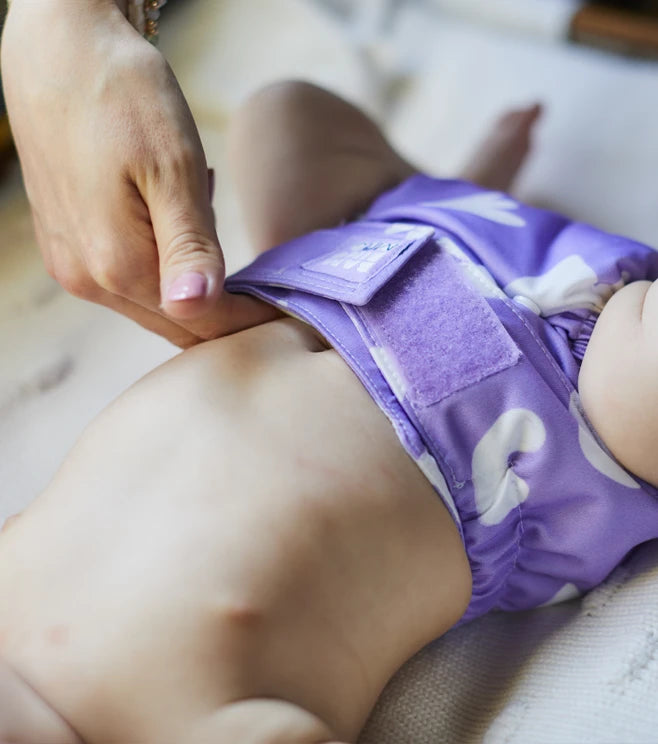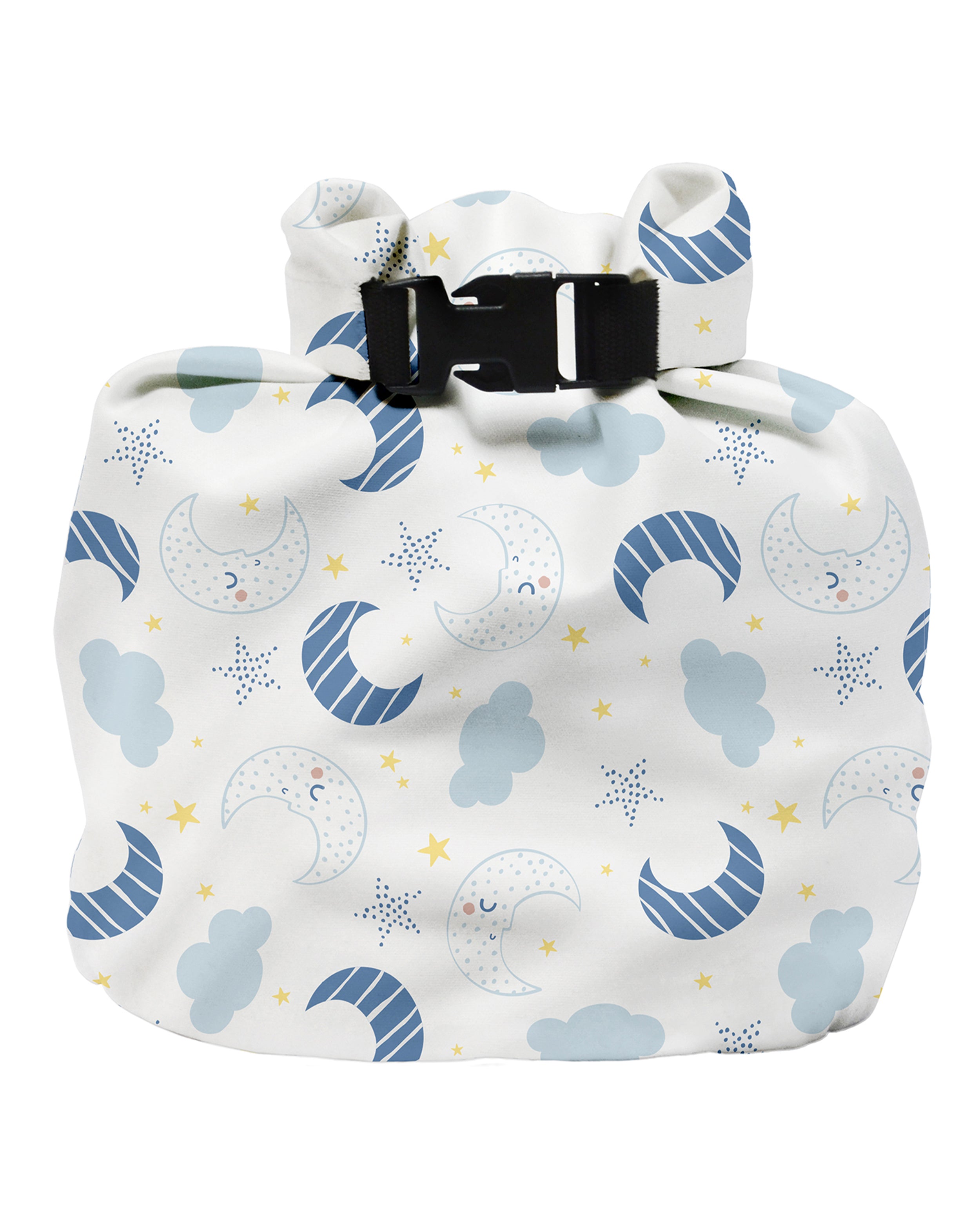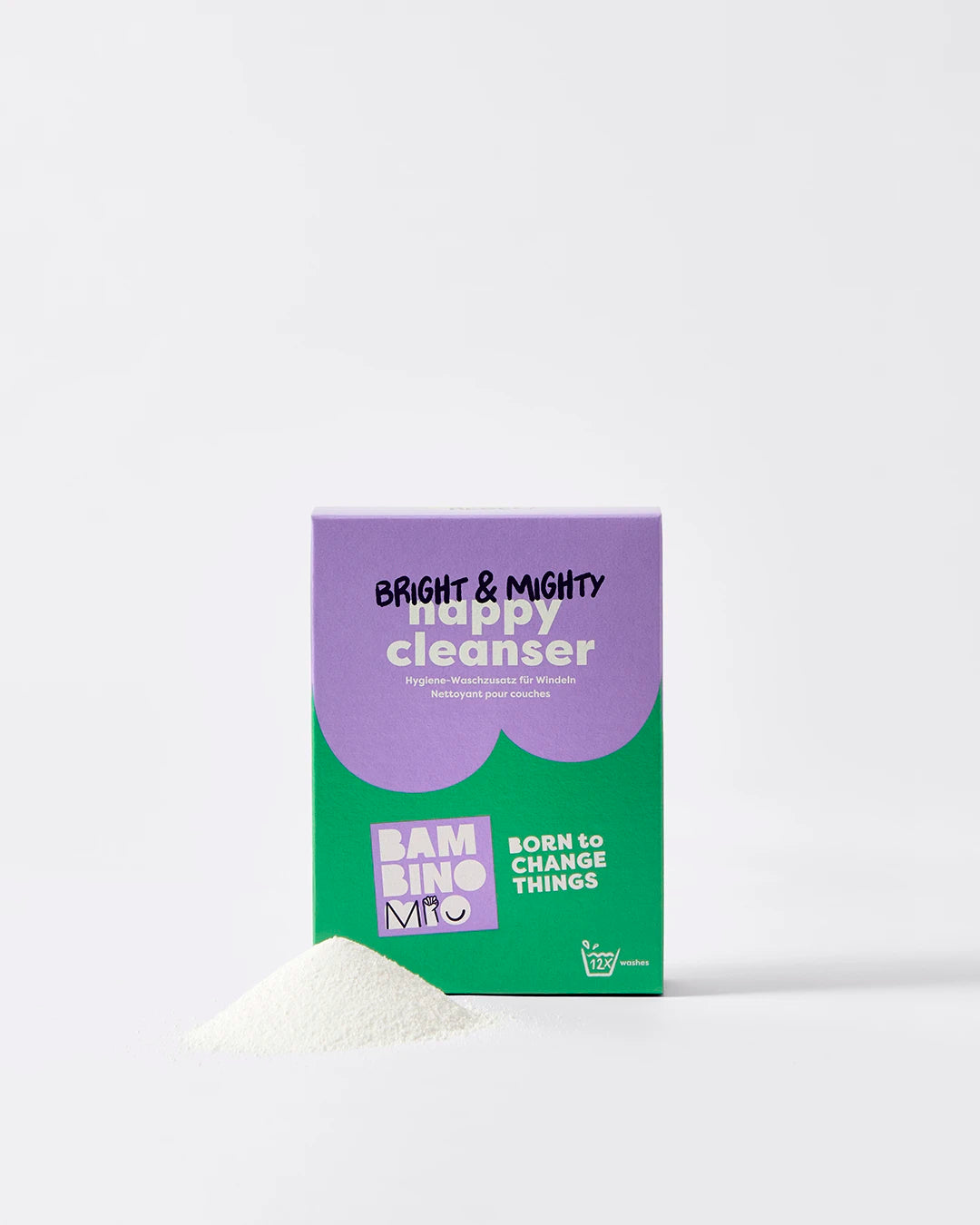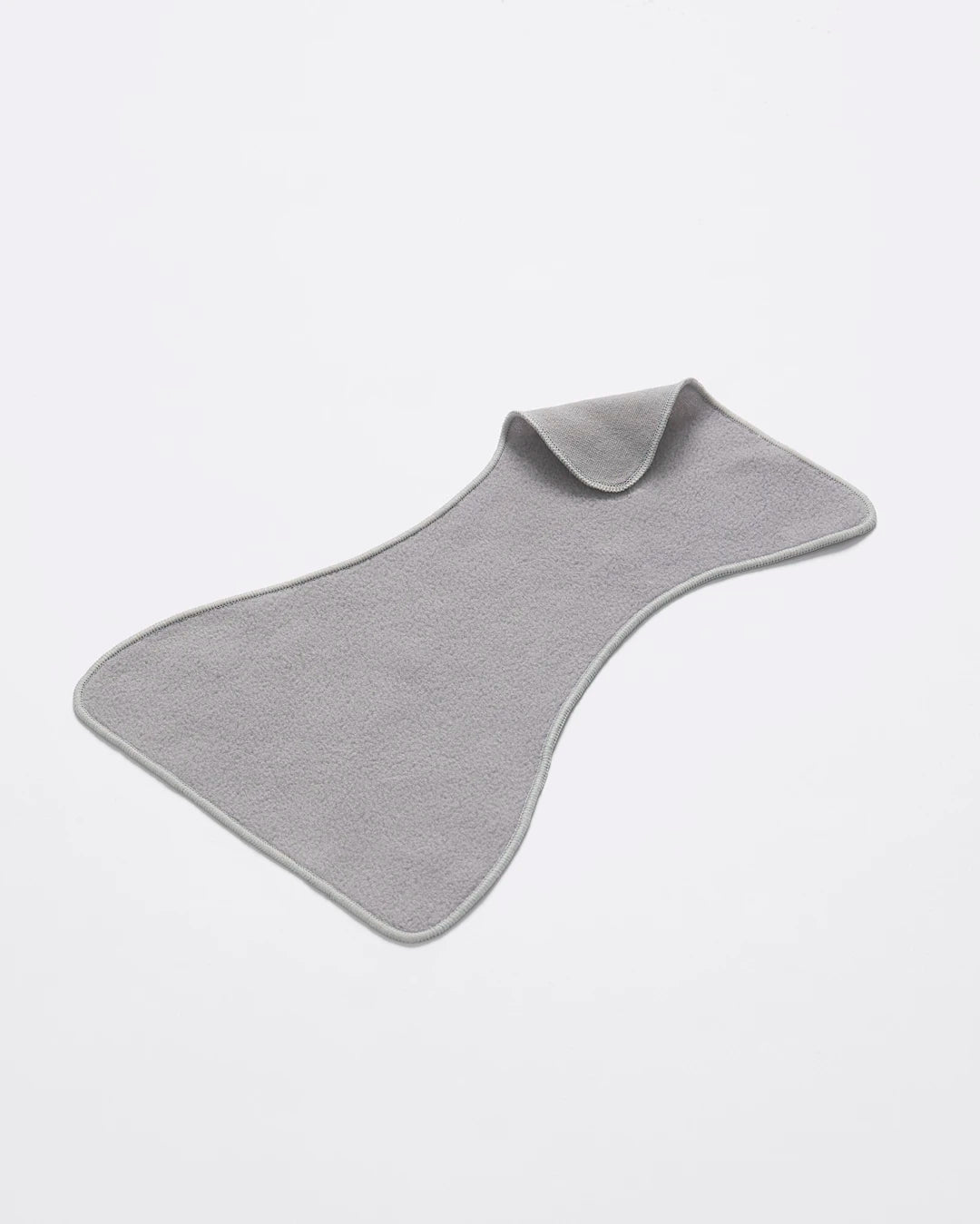Week 28 of Pregnancy | How Big is Your Baby at 28 Weeks?
Share Options
- Bambino Mio
- 28 / 06 / 2023

Inside this Article:
- Your baby is the size of a pineapple!
- Baby might already be dreaming!
- Your 28-week midwife appointment
- How you’re feeling at 28 weeks of pregnancy
- Staying healthy at 28 weeks of pregnancy
- What you need to think about when you’re 28 weeks pregnant
- Citations and References
- Pregnancy by Week, What to Expect
Pregnancy is a time of huge change for you, your body and your life. Our guide will help you through this amazing time, letting you know what to expect at each stage and, most excitingly, what your baby is up to each week.
Your baby is the size of a pineapple!
When you’re 28 weeks pregnant, your baby is almost a foot long from crown to rump (25.4cm or 10in) and is around 36cm (14in) from crown to heel.
They’ve also reached the magical kilo (2.2lbs) mark in weight and are the same size as a pineapple.
By now, if your baby is born at this stage, they’ll be premature but they have a very good chance of survival (1) and each day that passes this chance improves.
Baby might already be dreaming!
Your baby’s brain is really getting into gear this week and is developing the folds and ridges (2) which give the human brain its well-known appearance.
Alongside, or maybe because, of this sudden spurt in brain activity, it’s thought that babies start to dream around now! We don’t know what they’re dreaming about (playing tag with their umbilical cord?), but their rapid eye movement (REM) (3) increases sharply this week and scientists believe this could indicate dreaming.
At 28 weeks of pregnancy, a stethoscope can pick up your baby’s heartbeat, which has slowed from as much as 180 beats per minute (BPM) to around 140bpm. By the time your baby arrives, their heart rate will have slowed a little further to around 130bpm.
Your 28-week midwife appointment
It’s around this time that you’ll be having your 28-week midwife appointment (4). Your midwife will check your blood pressure and take a urine sample to check it for protein, high sugar and signs of urinary tract infections.
If earlier tests found you are blood type rhesus negative (5), you’ll be offered an injection to protect your baby from rhesus disease (6), which can affect their blood if they’re rhesus positive.
They’ll also measure the height of your womb and discuss the results of any other blood tests you may have had in recent weeks. This appointment is another chance to talk about your plans for labour and birth (7), as well as any worries you have about it.
How you’re feeling at 28 weeks of pregnancy
You’re in the third trimester of pregnancy now and you might see some annoying pregnancy symptoms (8) get a little bit more pronounced, especially tiredness, nasal congestion, Braxton Hicks contractions and back ache.
Around 50% of women develop back pain during pregnancy (9) and if you’ve not had it up to now, it may well start a little at 28 weeks.
You can reduce your back ache by:
- Avoiding heavy lifting
- Stretching and going gentle exercises to strengthen your back and abdominal muscles
- Using a pregnancy pillow
- “Listening” to your body and avoiding anything that might increase pain and resting when the pain is particularly noticeable
- Wearing a supporting back or belly belt
- Wearing supportive and comfortable flat shoes
Staying healthy at 28 weeks of pregnancy
Gentle exercise (10) and eating well (11) still matter a lot and can help you to feel more upbeat, as well as to sleep a bit better.
It’s the third trimester of pregnancy when your calorific needs increase to support your rapidly-growing baby. You need around 200 more calories each day (12) and you should aim to get this nourishment from healthy sources like wholewheat bread, lean meat or pulses.
Rest whenever you can and watch out for any swelling, vision changes or headaches, which could indicate preeclampsia (13).
What you need to think about when you’re 28 weeks pregnant
If you know you may need a Caesarean section (14) to deliver your baby then you need to start putting plans into place for your recovery. You won’t be able to drive for a few weeks and so you need to stock up on non-perishable foods and other supplies to avoid having to dash to the shops. Find out more about recovering from a C-section here (15).
You might want to join some mother and baby groups or classes around 28 weeks of pregnancy, too. It’s also a good time to find out more about breastfeeding (16) if you’re planning to do this.
To help with the cost of your reusable nappy bundle, you could head here to look at our Everything bundle and our various payment options.
Your third trimester of pregnancy can be tiring, so look after yourself and don’t feel pressured to “push through” any discomfort or tiredness. Your body is doing something astounding, so give it the space, time and love it needs.
Citations and References
(1) National Health Service (NHS). ‘Risk of Having a Premature Baby Delivering Between 26 and 30 Weeks of Pregnancy.’ 2023. Web. www.liverpoolwomens.nhs.uk/media/3366/risk-of-having-a-premature-baby-delivering-between-26-and-30-weeks-of-pregnancy.pdf
(2) The Royal Society. ‘Mechanics of Cortical Folding: Stress, Growth and Stability.’ 2018. Web. royalsocietypublishing.org/doi/10.1098/rstb.2017.0321
(3) Science Daily. ‘Baby's First Dreams: Sleep Cycles Of The Fetus.’ 2009. Web. www.sciencedaily.com/releases/2009/04/090413185734.htm
(4) National Health Service (NHS). ‘Pregnancy Week by Week. You and Your Baby at 28 Weeks Pregnant.’ 2021. Web. www.nhs.uk/pregnancy/week-by-week/28-to-40-plus/28-weeks
(5) National Health Service (NHS). ‘Pregnancy. Your Blood Group, Blood Count and Rhesus Status.’ 2023. Web. www.nhsinform.scot/healthy-living/screening/pregnancy/your-blood-count-blood-group-and-rhesus-status
(6) National Health Service (NHS). ‘Overview. Rhesus Disease.’ 2021. Web. www.nhs.uk/conditions/rhesus-disease
(7) National Health Service (NHS). ‘Pregnancy. Labour and Birth.’ 2021. Web. www.nhs.uk/pregnancy/labour-and-birth
(8) National Health Service (NHS). Pregnancy-related Conditions. Common Symptoms in Pregnancy.’ 2021. Web. www.nhs.uk/pregnancy/related-conditions/common-symptoms
(9) National Health Service (NHS). ‘Common Symptoms in Pregnancy. Back Pain in Pregnancy. 2021. Web. www.nhs.uk/pregnancy/related-conditions/common-symptoms/back-pain
(10) National Health Service (NHS). Keeping Well in Pregnancy: Exercise in Pregnancy.’ 2023. Web. www.nhs.uk/pregnancy/keeping-well/exercise
(11) National Health Service (NHS). ‘Keeping Well in Pregnancy. Vitamins, Supplements and Nutrition in Pregnancy.’ 2020. Web. www.nhs.uk/pregnancy/keeping-well/vitamins-supplements-and-nutrition
(12) National Health Service (NHS). ‘Better Health. Start for Life. Pregnancy. Healthy Eating in Pregnancy.’ Web. www.nhs.uk/start-for-life/pregnancy/healthy-eating-in-pregnancy
(13) National Health Service (NHS). ‘Overview. Preeclampsia.’ 2021. Web. www.nhs.uk/conditions/pre-eclampsia
(14) National Health Service (NHS). ‘Overview. Caesarean Section.’ 2023. Web. www.nhs.uk/conditions/caesarean-section
(15) Healthline. ‘6 Tips for a fast C-section Recovery.’ 2023. Web. www.healthline.com/health/pregnancy/c-section-tips-for-fast-recovery
(16) National Health Service (NHS). ‘Better Health. Start for Life. Breastfeeding.’ Web. www.nhs.uk/start-for-life/baby/feeding-your-baby/breastfeeding
Pregnancy by Week, What to Expect




























